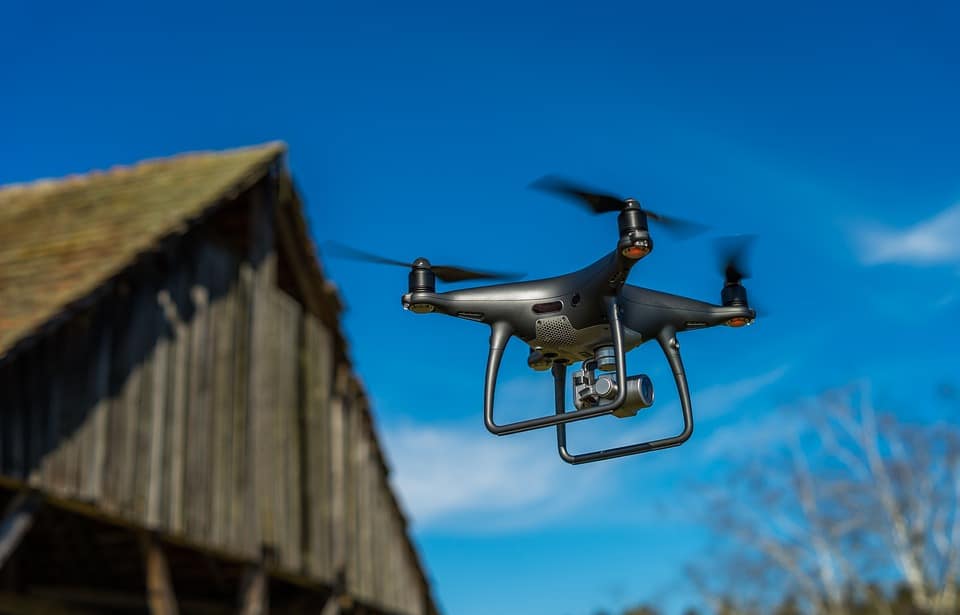A hundred years ago, many of the disaster warning systems we benefit from today didn’t exist. In fact, the causes of certain natural disasters, like how an earthquake could cause a tsunami in other parts of the world, weren’t well understood. Now we have emergency response systems, tsunami warning systems, and can track hurricanes through satellites. We can even determine where and when hurricanes might reach land, which gives people living in those areas ample time to prepare for the disaster to hit. While those landmarks in technology are noteworthy, scientists continue to come up with inventions to not only help people prepare for disasters but to provide relief for those impacted by unpredictable events.
In late June 2018, a rescue mission was mounted to save a young soccer team and coach from a cave that was at risk of flooding from heavy rain. In response to their plight, Tesla CEO Elon Musk came up with the idea of creating a “kid-sized submarine” to help navigate the children through the narrow passageways to the cave. While Musk’s design wasn’t used, it’s an example of how technology is becoming useful in responding to natural disasters.
Here are some other ways technology is impacting emergency preparedness and response:
Robots — Drones aren’t just popular toys for children but can also be used to deliver supplies when a natural disaster occurs. Additionally, robots with regular or infrared cameras can be sent into buildings destroyed by earthquakes to aid in the search for survivors.
Social media — Social media is a useful tool in a lot of ways when it comes to natural disasters. People can use social media applications to reach out to friends and relatives to let them know of impending natural disasters before they hit. Additionally, many platforms, including Facebook, allow people to mark themselves as safe after emergencies so loved ones know their status.
After a disaster, social media also plays a role in relief efforts, as it is a place for disseminating up-to-the-minute news. Additionally, many social media sites have options to donate money to relief efforts for disasters around the world, giving people in affluent or unaffected areas the opportunity of helping others in need. An example of this was when Houston Texan defensive end J.J. Watts raised $37 million through a fundraising website to provide relief for victims of Hurricane Harvey in 2017. Be aware, however, that while most social media users are well-intentioned, some people may leverage social media in an attempt to scam others in the wake of disasters.
Data sharing — More than ever, we live in a day and age where information is shared freely and easily. Sharing information is essential when it comes to disaster preparedness, as it allows agencies to warn governments and communities of risks, and also allows different agencies to corroborate information about impending disasters.
Data sharing also helps in relief efforts, as it gives aid organizations the opportunity to better meet a broad range of victims’ needs. It also allows people on the ground to communicate the needs of survivors.
Internet resources — The internet hosts hundreds of invaluable resources for learning how to protect your home and loved ones against specific disasters.
While these advances provide an edge for the people they are available to, we shouldn’t rely solely on technology to carry us through an emergency, because we never know what technology will be available during a crisis. When modern day tools are not working, we are left with our own minds and skillsets. For that reason, it’s critical to study up and learn the skills to ensure survival come what may.

